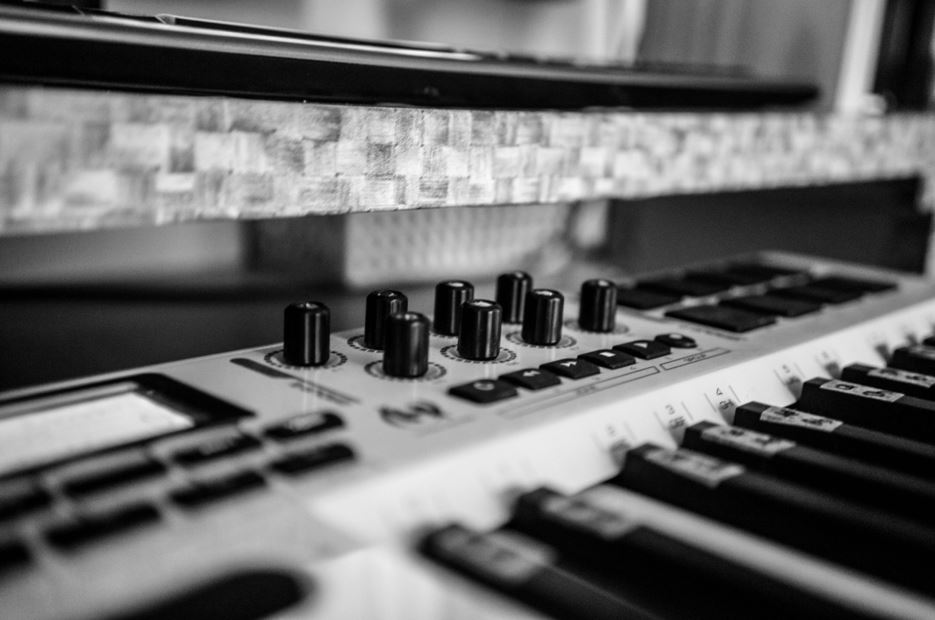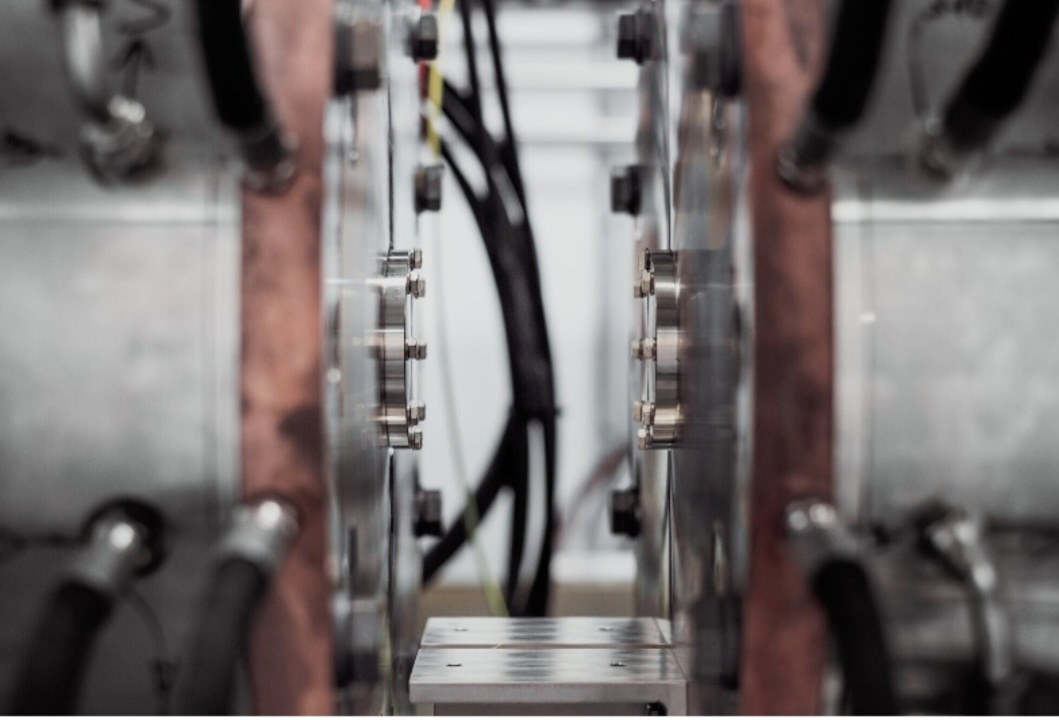Imagine you’re sitting in your studio, the creative juices are flowing, and you suddenly come up with inspiration for a hit song. It can happen to anyone, but if you’re sitting in a recording studio that you actually designed for this purpose, it could happen to you.
Making music, podcasts, ASMR, or even YouTube videos that people will enjoy requires effort and preparation. It also requires the right equipment and recording space.
Whether you’re someone that is trying to get on an indie record label or you just want to have a room to create fun, unique music, a home recording studio is a great asset for your living space.
Keep reading below to find out how to create a home recording workshop that makes you excited to create sound.
Select the Best Room for the Job
Chances are that your home doesn’t already have a room with a solid recording studio design, so you’ll have to create one. Even if you don’t have a room that has the ideal high ceilings or mixed surfaces, you can still find a room within your home that will work better for your studio than others.
Try to find a room in your home that has a carpeted floor, few or no windows, and a wooden door. If you have an extra one available, walk-in closets can become a perfect place for recording music or sound. Even if there are clothes in there, you could still set up in a closet if there is enough space!
The main goal here is that the room you choose will not have any natural sound coming through from the outside. It’s a lot easier to add reverb to a recording than it is to take it out.
Soundproof the Room
After you have found the best room in your home, you need to soundproof it so that your recordings will be high-quality. You need to deaden any reverberating sound that might still be leaking through.
To do this, you’ll want to purchase acoustic foam sound absorbers for the walls and bass traps for the corners of the walls. You’ll also want to consider any “leaks” or gaps between doors and windows that may cause concern later on.
If you aren’t sure that you can afford to purchase sound absorbers or bass traps, you can always use a lower-grade material for home wall insulation. Even regular fabric can work if you’re in a pinch, but it may not be quite as effective.
Buy the Right Equipment
Because you’re going to be spending a lot of time at the desk, you need to choose a nice desk and chair that you feel comfortable using. It should be ergonomic and should not cause you to strain in any way.
You’ll also want to invest in a nice computer if you don’t already have one. Your personal computer will work perfectly fine. If you have a Mac, check out https://setapp.com/ to learn how to start recording with ease.
On your computer, you’ll also need to purchase a digital audio workstation (DAW), which is software that helps you power your recording. You’ll also need a digital audio converter (DAC) to turn your work into digital files that the computer can use. There are a ton of options available for each of these items, so do your research before you choose the ones you want to go with.
As you have likely guessed, having a high-quality microphone is pretty important (especially if you’re going through all the work to set up a nice recording studio). The pro home producer will have three types of microphones: condenser microphones, dynamic microphones, and ribbon microphones. Each of these is going to provide different benefits to you and really amplify your sound.
It’s a good idea to also get microphone stands, balanced XLR cables, and pop filters as well. A preamp is another microphone accessory that often goes under the radar but can be a huge factor in adding personality and warmth to a recording (whether you’re recording instruments or human voice).
Avoid Cluttering the Space
While you do need enough room to put all of your equipment away, you also don’t want to add anything unnecessary to your recording space. This means it’s probably not a great idea to add a mini-fridge, a lot of artwork, bookshelves, gaming consoles, or anything else that isn’t going to help make the sound better.
The only exception here is if you have a huge space and can add faux walls within that area to help reflect the sound the way that you want.
If necessary, you may want to create a regular clean-up schedule for your studio. It can be very easy for you to lose track of time while you’re in there, especially if you’re working on a big project. The last thing on your mind might be cleaning up the leftover food wrappers or empty drink containers when you’re in the zone, but these aren’t great for a creative mind or environment.
Create a Home Recording Studio Today
It’s possible for anyone to create a home recording studio, but creating a space that encourages creativity and good sound takes a little more planning than you might expect. However, if you’re passionate about the project, you’ll be able to make it happen!
Are you curious to learn more about making music at home? If you enjoyed reading this content, you should check out some of the other interesting articles regarding music and recording that we have on our website next!
















